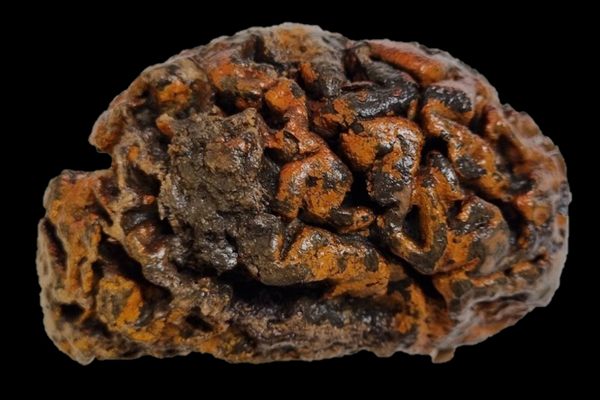Some 14,000-Year-Old Mammoth Bones Were Found Near Mexico City
The animal was probably cut up by humans after its death.
Drainage workers find remains of 14,000-yr-old 10 ton mammoth just 6 ft beneath busy road in #Tultepec, #Mexico. pic.twitter.com/hUaqa44pvM
— People’s Daily,China (@PDChina) June 26, 2016
Are excavators our best paleontologists? Maybe, as professional diggers all over the world sure seem to be good at finding important things.
In April, it happened again, when, in Mexico, some workers digging to install a drainage pipe in a village outside Mexico City uncovered the bones of a Columbian mammoth, including its intact tusks.
The mammoths were common to North and Central America thousands of years ago, and Luis Cordoba, an archaeologist, told Agence France-Presse that this one probably lived and died around 14,000 years ago.
And its death may not have been natural—the bones were found scattered, not in the animal’s original shape, suggesting that someone or some thing—likely humans—cut up the animal after its death.
The mammoth, said to be between 20 and 25 years old when it died, was found six feet undergound in Tultepec, a village about 20 miles to the north of Mexico City.
A full three-fourths of the skeleton remained, in an area where Cordoba said mammoth remains had frequently been discovered. That’s because a saltwater lake once existed there, both a deadly trap for mammoths and a convenient preserver of their remains.
Keep digging, road crews.












Follow us on Twitter to get the latest on the world's hidden wonders.
Like us on Facebook to get the latest on the world's hidden wonders.
Follow us on Twitter Like us on Facebook